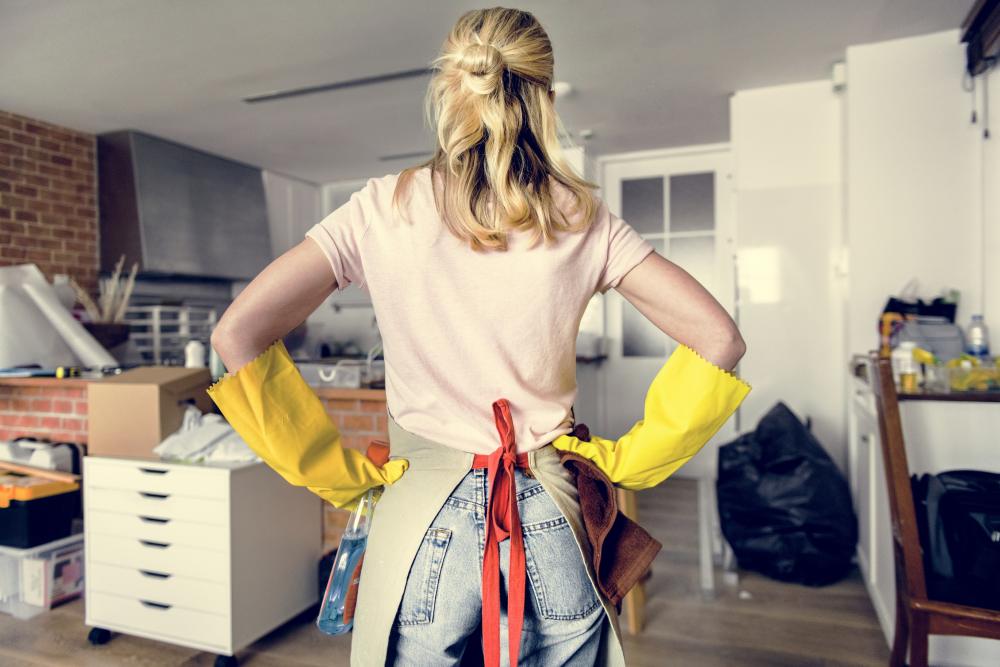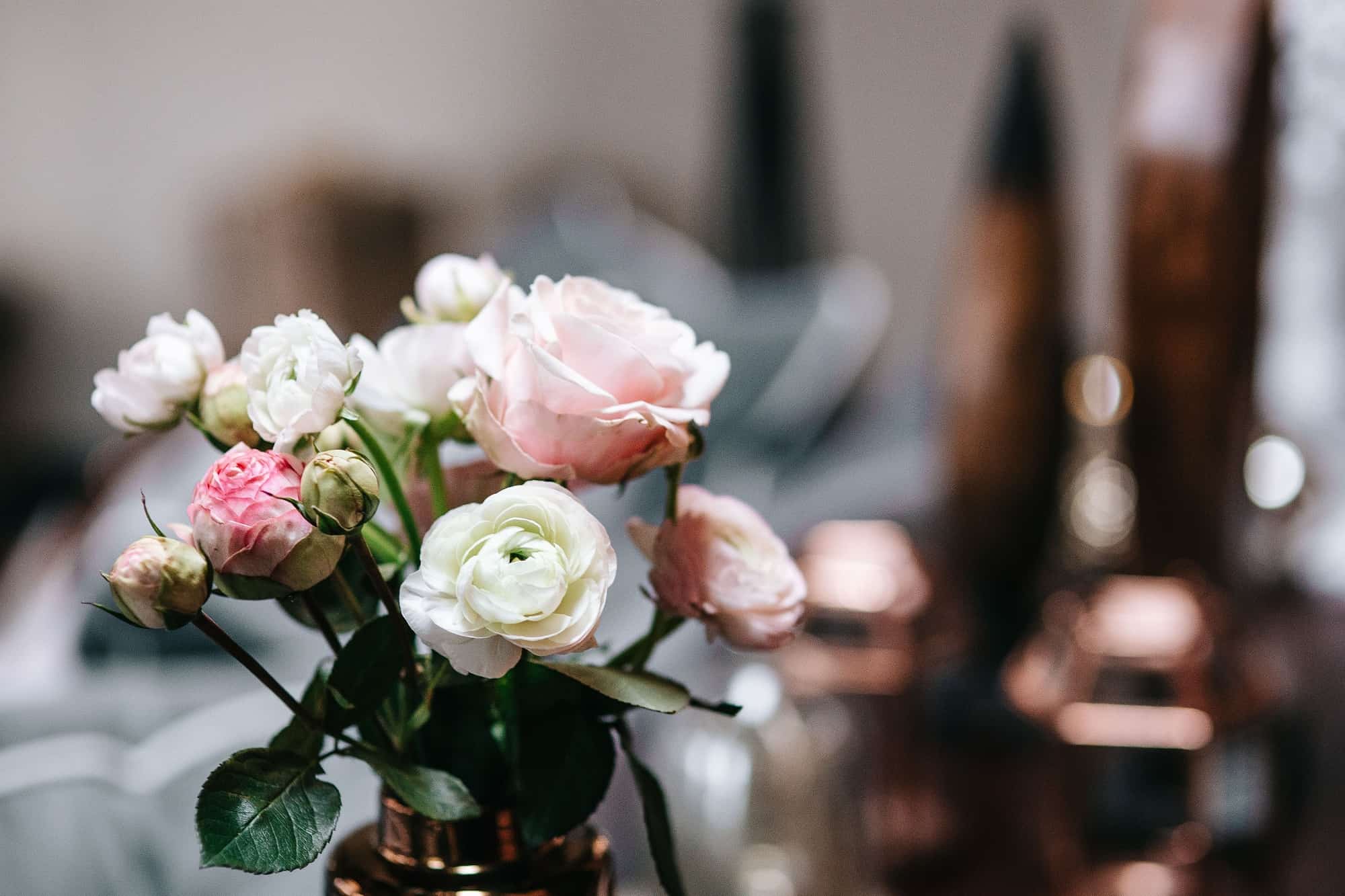The Stillness Beneath the Stuff
There’s a kind of silence that settles under clutter—but it’s not the peaceful kind. It’s the heavy, unspoken tension of a room left untouched for too long. The low-grade hum of unease in a hallway corner stacked with things no one wants to face, yet no one has let go. It lingers—not loud, but constant—like the quiet pressure of something waiting to be dealt with.
You might not see it at first, but you feel it. In the way your body tightens when you walk into a room that’s too full. In the pause before opening that overstuffed drawer. In the low-grade restlessness that creeps in when there’s nowhere to set down your coffee without moving something else first.
We often talk about peace, mental clarity, and slowing down, but what we often miss is how much our homes are holding. Every object, every pile, every delayed decision carries an energy. And eventually, that energy settles into the walls. It shows up in how we speak. In how we rest. In how we cope.
Clearing space isn’t just about aesthetics. It’s about creating an environment that can finally exhale—and invite you to do the same.
What Physical Clutter Does to the Mind
Clutter doesn’t only take up space on your shelves—it takes up space in your mind.
Even when you think you’ve tuned it out, your brain is still tracking every object in the room. The stack of unopened mail. The shoes you keep tripping over by the door. The box in the corner you’ve been meaning to unpack for months. It all registers. It all asks for something. Every unfinished task embedded in those items sends a silent signal: Something’s not done. Something’s waiting for you.
It’s no wonder, then, that clutter creates a mental load. Even spaces that should feel restful can quietly wear us down. According to Verywell Mind, cleaning and decluttering can ease emotional stress and restore a sense of clarity and control, making your home feel less like a to-do list and more like a place to breathe.
Still, we learn to live with it. We step around the piles, adjust our habits, and tell ourselves it’s just part of “life with stuff.” But under that adaptation lies a quiet tension—a steady friction between what your home is and what you need it to be.
Clutter doesn’t just fill the room. It erodes your ease, bit by bit.
Clearing Isn’t Just Cleaning
Cleaning moves dirt. Decluttering moves energy.
It’s easy to confuse the two, especially when life is busy and your hands are already full. Wiping down the counters or folding a basket of laundry gives a quick sense of order. But true clearing runs deeper. It’s not about perfection or aesthetics. It’s about letting go of what no longer fits who you are or how you want to live.
The coat that no longer fits but still stirs guilt when you think about letting it go. The chair wedged into a corner, kept “just in case.” The boxes in the garage marked “someday” are quietly gathering dust. These aren’t just things. They’re decisions you’ve postponed—emotional weight disguised as the ordinary.
Clearing is a process of asking better questions: Does this add to my peace? Do I even want this in my life anymore?
Letting go with intention changes something. The room feels lighter. Your breath deepens. You stop tiptoeing around your stuff and start moving through your space with ease.
Decluttering in this way isn’t about striving for minimalism. It’s about choosing what nurtures your calm—and having the courage to release what doesn’t.
What the House Has Been Holding
Not all clutter is obvious. Sometimes the real weight hides in the places we don’t look often—garages, sheds, basements, utility rooms. Spaces we close the door on and quietly promise to “deal with later.” But the house remembers. And over time, those forgotten corners start to hum with heaviness.
It’s not just about aesthetics in these areas. It’s about function, safety, and peace. The garage that’s too full to park in becomes a daily frustration. The storage closet you can’t open without something falling out becomes a source of low-grade stress. Even if you rarely enter those spaces, your mind knows they’re unresolved. And that knowing takes up room.
These are the spaces that call for real systems—not just baskets or bins, but tools that can actually help you release what’s too bulky to carry out by hand. For large, awkward, or heavy debris, especially during seasonal garage cleanouts or major household purges, solutions like self-dumping hoppers make the process smoother. They’re designed to handle substantial weight and tip their load without added strain, returning you to a clearer, more usable space with less effort and decision fatigue.
Because often, it’s not just the visible clutter that weighs us down. It’s the quiet accumulation in the background—the things left undone, the choices we keep delaying.
And when you finally start clearing those forgotten spaces, it’s not only the house that breathes easier. You do too.
The Emotional Relief of Letting Things Go
There’s a moment—often quiet, rarely dramatic—that happens after you finally let something go. A breath you didn’t realize you were holding. A stillness that settles where stress once resided. A subtle lightness in your step as you move through the room with more space and less tension.
It’s not just about the things themselves. It’s about what they represented: the projects left unfinished, the identities you outgrew, the pressure to hold onto everything just in case. Releasing those items creates a kind of emotional shift—a reminder that you’re allowed to move forward. You’re allowed to decide what belongs—both in your home and in your life.
People often say they feel “lighter” after decluttering. It’s not just a figure of speech. It’s your nervous system responding to the shift: fewer demands, fewer distractions, less noise woven into your surroundings.
Letting go doesn’t mean you didn’t care. It means you care enough now to choose peace over obligation. Space over noise. Energy over inertia.
And that relief? It stays with you. Long after the bags are gone.
Make Space a Habit, Not a Crisis Response
Clutter often builds because life gets busy. You adapt. You adjust. You tell yourself you’ll tackle it when things calm down—after the trip, after the holidays, after the next thing. But waiting for a breaking point turns clearing into something reactive, not restorative.
You don’t need to overhaul everything at once. What matters is consistency. A small corner cleared every weekend. A quiet Sunday ritual of walking through a room with fresh eyes. A willingness to pause and ask, Is this still serving me?
Your home doesn’t have to be a project. It can be a practice.
The more often you engage with your space, the more responsive it becomes. You’ll start to notice the moment something no longer feels right. You’ll get faster at releasing. You’ll build trust in your ability to tend to your environment before it overwhelms you.
And the more you practice, the less likely you are to let things pile up—physically or emotionally.
If you’re craving gentle structure, consider incorporating a few timeless rituals to clear mental clutter. They’ll help you stay connected to your space without adding it to your list.
When the House Exhales, So Do You
There’s something unmistakable about the feeling of a space that’s been cleared. The light seems to settle more gently. The sound becomes softer, easier. And for a moment, you pause—not because you’re overwhelmed, but because your body recognizes it: something has shifted.
A room that once held overwhelm now holds possibility. A hallway that once felt narrow now invites movement. A garage or corner or drawer that once whispered “you’re behind” now says, “you’re home.”
It’s easy to forget how deeply your environment influences your energy. But once you feel that exhale—when the house becomes lighter, calmer, more aligned—you stop seeing it as just a visual upgrade. You start to crave it as a foundation for well-being.
Decluttering in this way isn’t about perfection or spotless surfaces. It’s about creating space for your thoughts, your rest, your life.
Because when your home finally releases what it’s been holding, something inside you lets go too.
Want help beginning to clear some clutter?
Join me in the Fall for 30 Days to Clarity: Clutter Busting
>>Click here to read more inspiring tips for Decluttering Your Home<<









